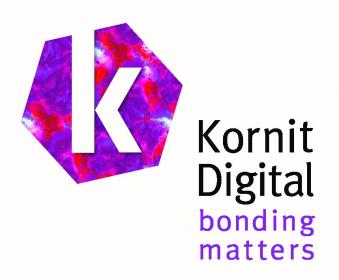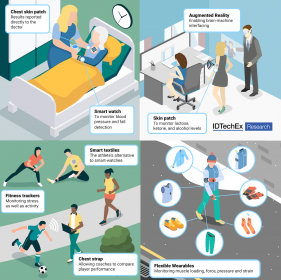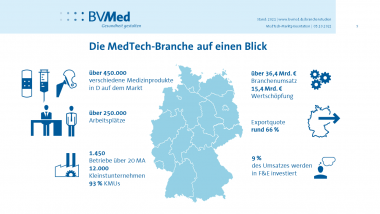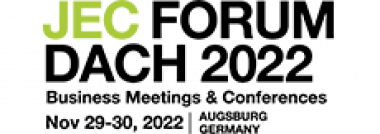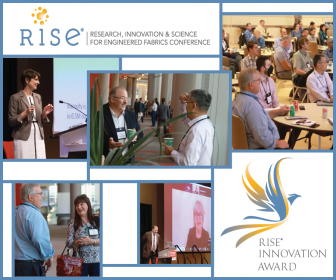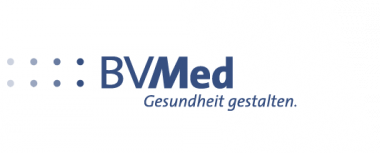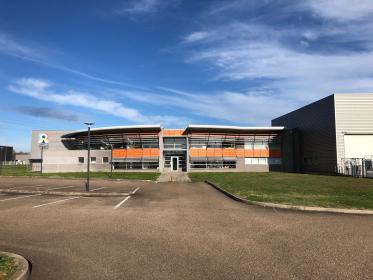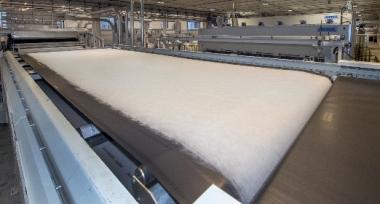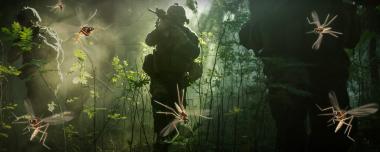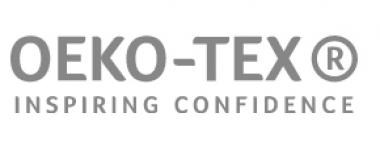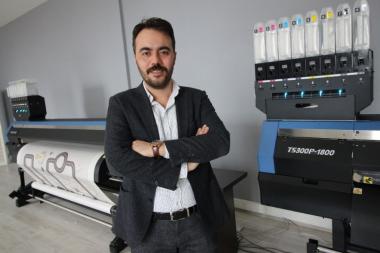BVMed: „Kosten-Tsunami“ bei aufsaugenden Inkontinenzprodukten
Die im Bundesverband Medizintechnologie (BVMed) organisierten Hersteller von aufsaugenden Inkontinenzprodukten schlagen aufgrund explodierender Rohstoff-, Transport- und Energiepreise Alarm. Der steigende Preisdruck wird durch sinkende Monatspauschalen in den Hilfsmittel-Versorgungsverträgen mit Krankenkassen noch verstärkt. „Die Schere zwischen sinkenden Erstattungspreisen und steigenden Produktionskosten nimmt stetig zu. Dieser Kosten-Tsunami gefährdet die medizinische Versorgungsqualität der Betroffenen“, so BVMed-Expertin Juliane Pohl, Leiterin des Referats Ambulante Versorgung. Der BVMed sieht dringenden Handlungsbedarf, um die qualitätsgefährdenden Mechanismen der bestehenden Pauschalsystematik zu überwinden.
Die Bewältigung der COVID-19-Pandemie und der Ukraine-Krieg haben die Verfügbarkeit von Rohstoffen und Energie, die globalen Lieferketten sowie das Transportwesen stark beeinträchtigt. Diese Veränderungen führen zu immensen Preissteigerungen, die sich unmittelbar auf die Herstellung von Medizinprodukten auswirken – darunter die Produktion von Hilfsmitteln zur aufsaugenden Inkontinenzversorgung. Ein paar Beispiele zu den Auswirkungen:
- Die Kosten für Superabsorber haben sich mehr als verdreifacht.
- Die Kosten für Zellstoff, Polypropylen und Polyethylen haben sich mehr als verdoppelt.
- Zusätzlich treibt die Verfünffachung der Energiepreise die Herstellkosten in ungeahnte Höhen.
- Die nationalen und weltweiten Logistikkosten sind zudem aufgrund fehlender Transportkapazitäten und höherer Preise für Kraftstoffe, Verpackungen, Container und Paletten massiv gestiegen.
Zum Hintergrund der Versorgungsproblematik erläutert der BVMed, dass die Versorgung von Patient:innen mit Hilfsmitteln zur aufsaugenden Inkontinenzversorgung durch entsprechend qualifizierte Hilfsmittelleistungserbringer wie Sanitätshäuser oder Homecare-Versorger erfolgt. Diese vereinbaren mit Krankenkassen eine Erstattung für die monatliche Versorgung mit den Produkten sowie den dazu gehörigen Dienstleistungen wie die Auswahl des individuell erforderlichen Produkts, die Einweisung sowie die Unterstützung bei Komplikationen.
Das Problem: Die besondere Systematik bei der Vereinbarung dieser Erstattungsbeträge führt zu Vergütungen im sehr niedrigen zweistelligen Bereich. Die durchschnittliche Monatspauschale liegt aktuell bei unter 17 Euro für Versorgungen in der Häuslichkeit. Diese Pauschale umfasst alle individuell erforderlichen Produkte und Dienstleistungen sowie Logistik und sonstige Administration. Alle an der Versorgung Beteiligten seien nun aufgefordert, geeignete Antworten auf diese dramatischen Entwicklungen zu finden und Gegenmaßnahmen einzuleiten.
BVMed Bundesverband Medizintechnologie Medizin und Gesundheitsindustrie Textilhilfsmittel
BVMed | Bundesverband Medizintechnologie e.V.






